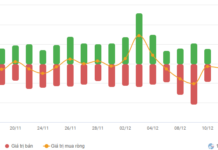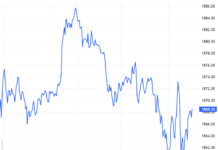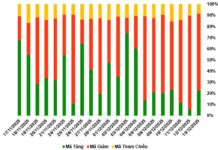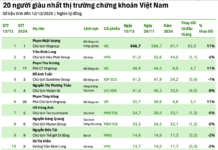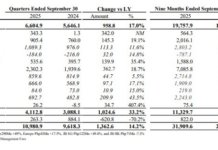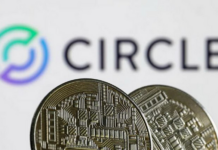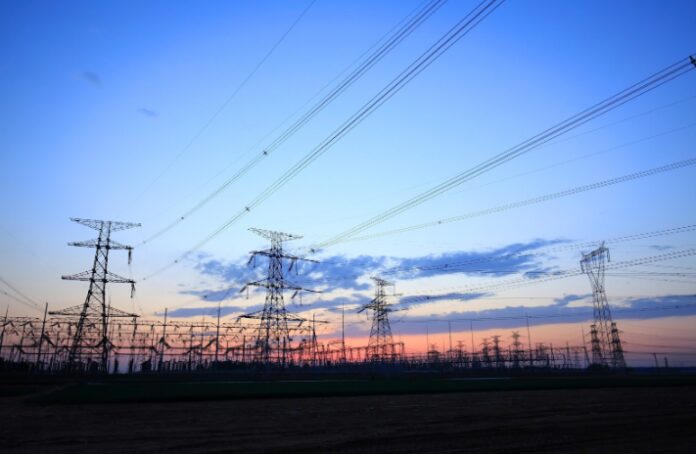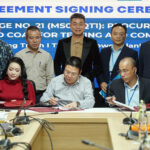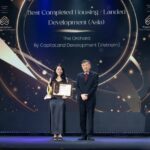Schneider Electric is a renowned name in energy management and automation technology. The company’s presence in Vietnam began 30 years ago during a period of strong economic growth and increasing energy demands in the country. To meet these demands, Schneider Electric participated in the key electricity transmission project, “500kV North-South Line 1,” from 1991 to 1993.
This project was not just an important engineering feat, but it also marked a breakthrough in bringing electricity to all regions of Vietnam, from Hoa Binh to Ho Chi Minh City, spanning a total length of 1,487 kilometers.
In 1994, Schneider Electric officially established its company in Vietnam, expanding its product portfolio to cater to the growing market demands. This marked the first step in the company’s long-term journey in the country.
By 2017, Schneider Electric inaugurated its factory in Ho Chi Minh City’s high-tech park. This facility serves not just as a modern production base but also as a center for supplying high-quality products to both domestic and international markets, solidifying Schneider Electric’s commitment to supporting the development of Vietnam’s industry.
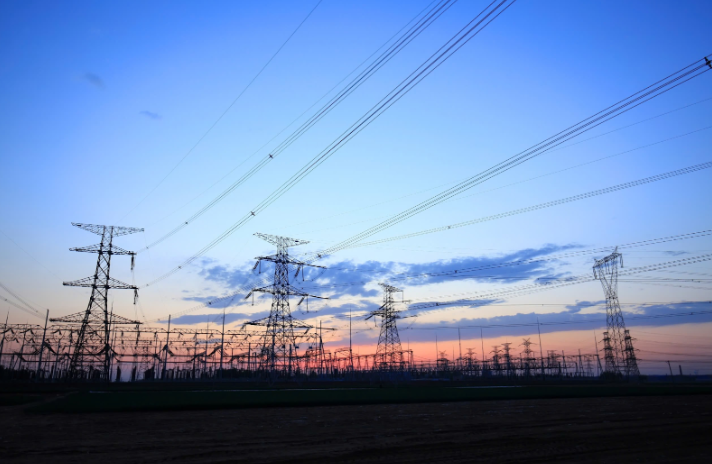
In 2018, Schneider Electric embraced the strong digitalization trend with the advent of Industry 4.0. By 2023, the company further solidified its role in developing smart infrastructure. With its EcoStruxure solution, Schneider Electric became a trusted advisor in developing smart airport infrastructure, addressing risks, and reducing CO2 emissions. This stands as a testament to the company’s commitment to supporting the Vietnamese government in its pursuit of a green and sustainable future.
One of Schneider Electric’s key strategies is investing in education and training. In Vietnam, the company has pledged to train 35,000 people in energy by 2025. To achieve this goal, Schneider Electric has collaborated with 20 vocational colleges nationwide to implement the Excellence Center project. This project is designed with modern infrastructure to enhance access to advanced technology for future generations.
THE WORLD’S MOST SUSTAINABLE COMPANY
Recently, Schneider Electric reached a significant milestone in its sustainability journey by being recognized as the world’s most sustainable company. In reality, Schneider Electric has consistently demonstrated its commitment to sustainability through comprehensive policies and initiatives. The company has implemented strategies to minimize environmental impact, including reducing CO2 emissions, optimizing energy efficiency, and utilizing renewable energy sources.
A crucial factor in Schneider Electric achieving this title is its constant innovation in solutions and products. With the EcoStruxure platform, the company has deployed smart solutions that help organizations and businesses reduce energy consumption, optimize efficiency, and decrease carbon emissions. Such initiatives not only help customers achieve their sustainability goals but also propel the entire industry towards a greener future.
In fact, 2024 marks 30 years of Schneider Electric’s sustainable development in Vietnam. Throughout these years, the company has relentlessly driven digital transformation by integrating world-leading energy technologies and processes, embracing the Internet of Things, connected devices, control systems, software, and services throughout the entire investment and operational lifecycle of enterprises, enabling consolidated business management processes in residential, architectural, data center, infrastructure, and industrial markets.
WHAT DOES THE NEXT DECADE HOLD?
To stay ahead of the curve, provide sustainable and efficient solutions, and maintain its competitive edge, Schneider Electric will closely align with five significant trends in the next decade.
The New Global Balance: Vietnam Attracting the “Eagles”
Globalization once dominated the world. However, after battling the Covid-19 pandemic for 3-4 years, along with the rise of sensitive political issues, protectionist trade has increased, coupled with supply chain crises. This new state is referred to as the new global balance.
To cope with this situation, 81% of large companies are adopting a new approach called “The Power of 2,” which involves introducing a second supply source into their business. This method optimizes old processes to enhance efficiency and reduce costs. In the future, supply chains will be streamlined, and exchanges between global regions will become less complex.
Vietnam is considered a prime beneficiary of the supply chain reconfiguration trend, becoming a favored destination for “eagles”—companies with a significant global influence. Schneider Electric also highly values the Vietnamese market and considers increasing its presence and understanding of the local market as a top priority.
Shift in Prosperity
The new global balance is reshaping the world, leading to infrastructure development in unexpected places.
Future energy demands will primarily concentrate in regions like India, the Middle East, and Africa, which are experiencing rapid population growth. By 2050, an additional 1.3 billion people are expected in India and Africa. Moreover, urbanization is accelerating, with an expected increase of 2.1 billion people moving to cities in the next 25 years, further driving infrastructure development to meet their living and working needs.
Vietnam is also witnessing a growing need for infrastructure to sustain economic growth and accommodate urbanization. According to the Global Infrastructure Hub, Vietnam requires an average of at least $25 billion annually for infrastructure spending over the next 20 years. Among the sectors, energy accounts for nearly 45%.
Climate Change
While infrastructure development presents vast opportunities, it also raises concerns about exacerbating climate change.
In January 2024, the global temperature increase surpassed the 1.5-degree Celsius threshold for the first time in a 12-month period. 2023 also marked a record-breaking hot year. Approximately 3.6 billion people, half of the world’s population, are severely affected by climate change.
The good news is that 2,800 large companies have made a net-zero emission commitment recognized by the Science Based Targets initiative (SBTi), with Schneider Electric being one of the first companies to have its 2030 and 2050 targets validated. Additionally, at COP28, 122 countries pledged to double energy efficiency by 2030.
Digitalization and Artificial Intelligence (AI): Offering Great Opportunities but with Sustainable Application
The rapid pace of digitalization and the explosion of AI provide powerful tools to minimize environmental impact and build a sustainable future.
AI is becoming increasingly prevalent and discussed everywhere. In Vietnam, the government has taken concrete actions, such as meeting with leaders of other countries and top global businesses to collaborate on AI development and related ecosystems. On the corporate front, FPT—a partner of Schneider Electric—considers AI the future of their group.
AI’s development relies on vast amounts of automatically generated data, with IoT devices increasing sixfold in a decade, and all information being digitized in various forms.
However, the proliferation of data centers will require more efficient cooling systems and the use of renewable energy sources. In the next five years, the energy consumption of these data centers is expected to increase by 1.6 times compared to the present.
Energy Transition: Renewables Poised to Overtake Fossil Fuels by 2030
The most significant challenge in addressing climate change is emissions, with 80% originating from energy use. While there’s a need to reduce energy consumption, rising populations are driving up demand.
However, available technologies can eliminate up to 70% of CO2 emissions in the energy chain. Additionally, low-emission energy sources, led by renewables, are poised to overtake fossil fuels by 2030.
In 2023, Vietnam also unveiled its National Energy Planning, focusing on four main renewable energy sources: hydropower, wind power, solar power, and biomass. The plan aims for these sources to account for 30.9-39.2% by 2030 and targets a substantial increase to 67.5-71.5% by 2050.


